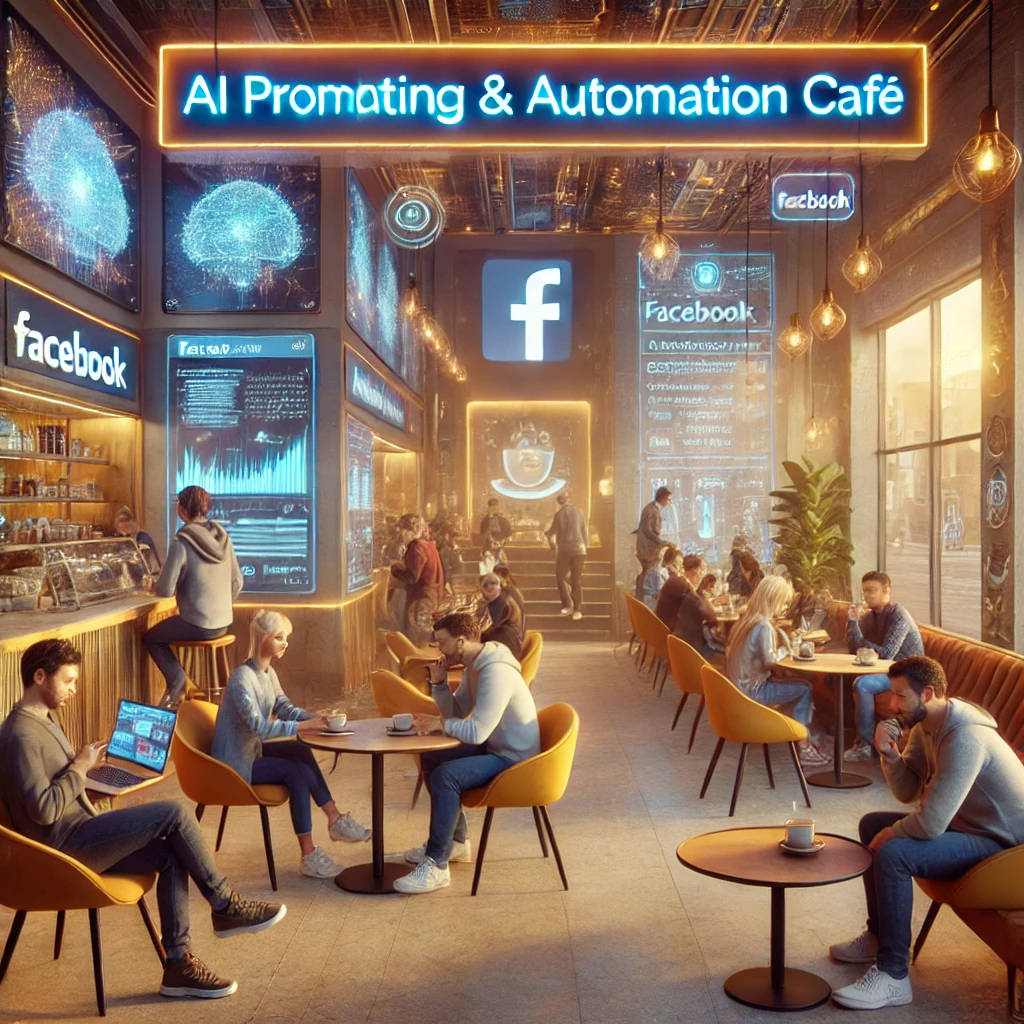Introduction: The Rise of AI-Driven No-Code Platforms
In an increasingly digital-first world, organizations are under constant pressure to innovate rapidly, improve customer experiences, and streamline operations. However, traditional software development cycles are often slow, costly, and require extensive technical know-how. Enter AI-driven no-code platforms—a game-changing solution that is empowering businesses to leapfrog legacy barriers and trigger meaningful digital transformation.
AI-enhanced no-code tools marry the intelligence of artificial intelligence with the simplicity of drag-and-drop interfaces, enabling non-technical users to build, deploy, and scale applications without writing a single line of code. The fusion of AI and no-code is revolutionizing the way businesses innovate internally and externally, paving the path for accelerated digital evolution.
What Are AI-Driven No-Code Tools?
AI-driven no-code platforms are software solutions that allow users to build applications and automate business processes using intuitive graphical interfaces, powered by artificial intelligence. These platforms abstract away the complexities of coding and make development accessible to a broader audience—including business users and subject matter experts.
Some of today’s leading AI-powered no-code platforms include:
- Airtable – Combines spreadsheet functionality with database capabilities.
- Zapier – Automates workflows across multiple apps using AI-triggered logic.
- Bubble – Enables users to build web applications without code.
- Microsoft Power Platform – Leverages AI to automate, analyze, and build enterprise-grade apps.
These platforms use AI algorithms to suggest logic, automate repetitive processes, recommend optimal designs, and even debug applications automatically, making them remarkably efficient and user-friendly.
How AI-Driven No-Code Accelerates Digital Transformation
Digital transformation is more than just adopting technology—it is about reimagining business operations, improving customer engagement, and driving innovation. AI-driven no-code tools help catalyze these objectives in the following ways:
1. Democratization of Innovation
One of the most significant impacts of AI-enhanced no-code platforms is the democratization of software development. By removing the dependency on IT departments and skilled developers, these tools empower employees across various departments to innovate and contribute to the company’s digital goals.
- Citizen developers—non-technical employees—can build applications tailored to their team’s unique needs.
- Faster iteration is possible, as business users can test and modify applications in real-time based on immediate feedback.
This shift leads to a more agile and responsive organization, where innovation is not bottlenecked by limited technical resources.
2. Rapid Prototyping and Deployment
Speed is a crucial factor in the digital era, and AI-powered no-code platforms are built for velocity. These tools allow organizations to quickly translate ideas into functional applications without going through lengthy development cycles.
- Prototypes can be built in hours or days, rather than months.
- Immediate user testing helps refine solutions faster and boosts time-to-market.
- AI components accelerate development by suggesting logical flows and UI enhancements optimized for usability.
This agility gives businesses a competitive edge as they can swiftly respond to market needs and customer expectations.
3. Reduced Operational Costs
Traditional software development can be an expensive endeavor, involving full-time developers, software engineers, and QA professionals. In contrast, AI-enabled no-code solutions significantly lower these costs:
- Reduced hiring needs since business users can handle tasks independently.
- Lower maintenance costs because updates and changes can be made without re-coding the entire application.
- Subscription-based pricing models for no-code platforms also offer better predictability and cost-efficiency.
For many small and mid-sized businesses, this makes digital transformation financially viable.
4. Enhanced Automation Capabilities
AI-driven no-code platforms often come equipped with powerful automation features. Businesses can automate workflows, customer communications, data entry, and reporting tasks, all with minimal oversight.
- AI uses machine learning models to detect patterns and recommend new automations.
- Pre-built connectors and integrations allow systems to “talk” to one another seamlessly.
Such smart automation ultimately improves efficiency, reduces errors, and allows teams to focus on high-value tasks.
5. Scalability and Integration
Most AI-driven no-code tools are designed with scalability in mind. As businesses grow, these platforms can adapt and expand to support increased functionality and data loads.
- Cloud-native infrastructures ensure high availability and performance.
- APIs and plug-ins allow for integration with other enterprise systems like CRM, ERP, and analytics tools.
These capabilities ensure that businesses don’t outgrow their solutions, making AI-driven no-code platforms a long-term asset.
Use Cases Across Industries
AI-powered no-code platforms are not limited to one sector. They are making waves across multiple industries. Here’s how different sectors are benefiting:
Retail & E-commerce
- Personalized recommendation engines powered by AI.
- Automated inventory tracking and management applications.
- Customer feedback loops for continuous improvement.
Healthcare
- Appointment scheduling systems built without IT intervention.
- Patient data management via secure, compliant platforms.
- AI-based symptom-check tools integrated into patient portals.
Finance
- Expense tracking and approval systems handled through workflows.
- Regulatory compliance tools embedded with real-time checks and alerts.
Education
- Custom learning management systems for institutions and instructors.
- Student engagement apps with AI-generated analytics and insights.
The Road Ahead: Overcoming Challenges
While the benefits of AI-driven no-code platforms are numerous, businesses should remain cautious of certain challenges:
- Governance and security: Ensuring compliance and data protection is essential as more users build independent apps.
- Platform limitations: Not all no-code tools support advanced features needed for complex applications.
- Shadow IT: Applications created outside IT oversight may lead to fragmented systems and duplicated efforts.
To mitigate these risks, businesses must adopt a structured approach by setting up guardrails, offering training, and aligning IT with business users through center of excellence models.
Conclusion: Empowering the Next Wave of Innovation
AI-driven no-code tools are not merely a trend—they are a tectonic shift in how digital transformation unfolds within modern enterprises. By empowering non-technical users to build, deploy, and manage applications at scale, these platforms are democratizing innovation in ways previously unimaginable.
As businesses continue striving for speed, agility, and cost-effectiveness, AI-enhanced no-code platforms will be at the forefront of enabling this transformation. Organizations that embrace this technology early will be better positioned to navigate future disruptions and stay ahead of the curve.
Now is the time to move from idea to execution—AI-driven no-code makes that journey not only faster but also smarter.






